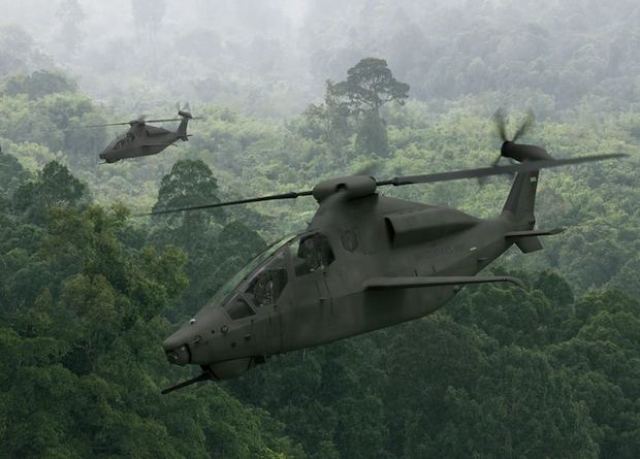The American company Bell has made changes to the design of the promising high-speed reconnaissance helicopter Bell 360 Invictus. According to Defense News, Invictus will receive an open tail rotor instead of a fenestrone-a screw in the annular fairing.
In 2019, the US Army command launched the FARA tender to create a helicopter weighing less than 6.4 thousand kilograms that could fly at a speed of at least 180 knots (333 kilometers per hour). Bell Helicopter and Sikorsky received contracts for the development and testing of prototypes of a promising machine [...] . They must test their versions of the high-speed reconnaissance helicopter no later than 2023.
Bell is participating in the tender with the 360 Invictus helicopter. She showed his project in 2019. Bell took the Bell 525 Relentless civilian multi-purpose helicopter as the basis for the development of a high-speed reconnaissance helicopter. Invictus will inherit from him a "glass" cockpit and fully digital control.
The promising helicopter will receive a wing that will create up to half of the lift at cruising speed, and will be able to fly at a speed of 180 knots. According to the original concept, the Invictus tail rotor was supposed to be made according to the fenestrone scheme. Bell has already started assembling the first Invictus flight model, and it is due to take off next year.
The head of the Invictus program, Jamie Gonzalez, told Defense News in August that the company had abandoned the tail rotor in the ring fairing in favor of a traditional open one, based on what is now on 525 Relentless helicopters. Bell made the choice in favor of the proven option after she built and tested the Invictus scale model. According to Gonzalez, the open tail rotor is more suitable for the requirements of the US military, who want to find a balance between the weight and speed of the helicopter. Fenestron usually weights the design of the machine.
Bell's competitor-Sikorsky-participates in the tender of the American army with the Raider-X helicopter, which we wrote about earlier. In the development of a promising reconnaissance aircraft, it uses the technologies of the S-97 Raider prototype .
Vasilisa Chernyavtseva

